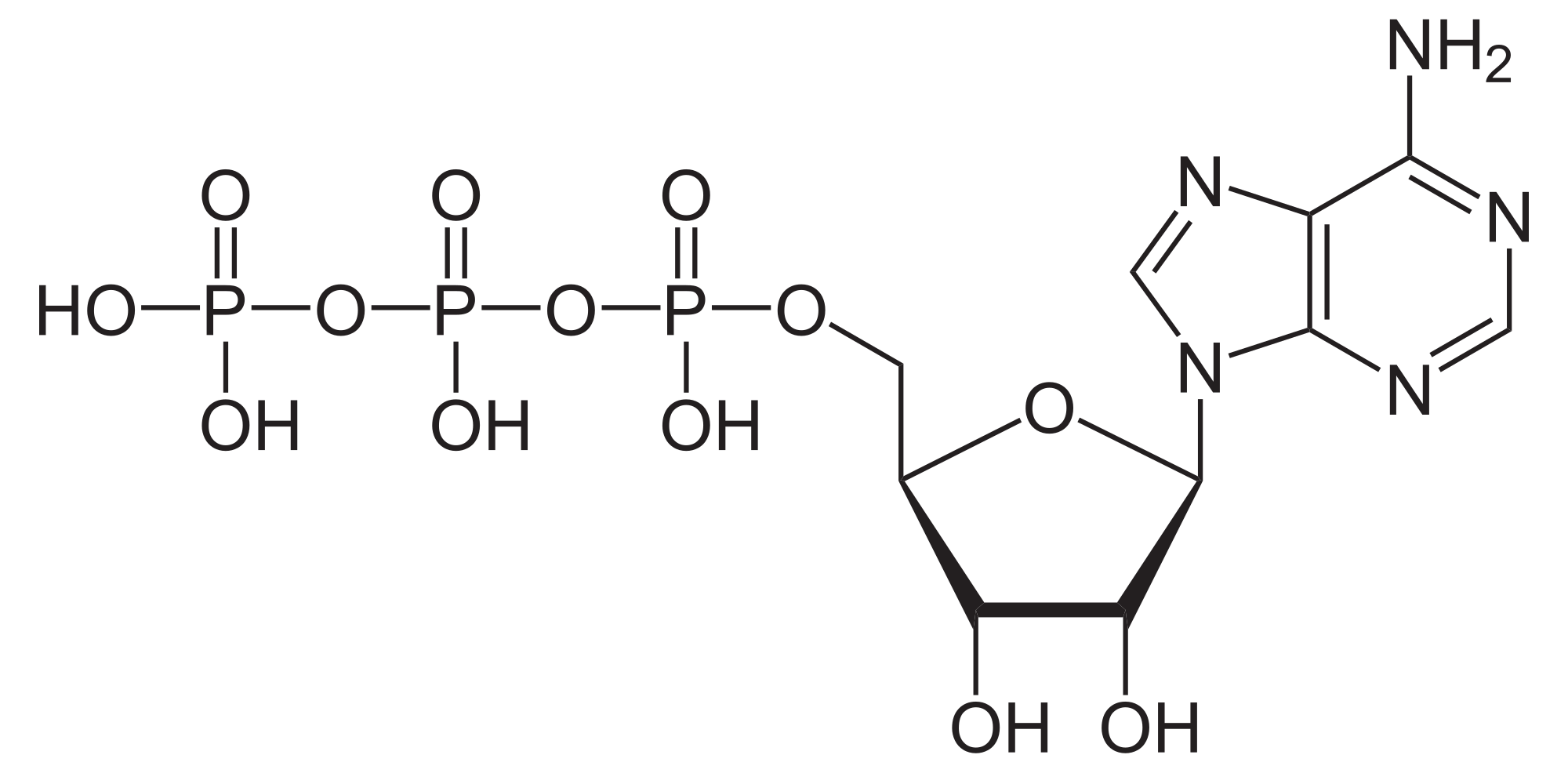Cold Water In Your Boiler Causes The Worst Brain Freeze Ever – Part 1
Odors are removed from industrial process water and industrial waste water by either a physical process or a chemical process. Chemical oxidation is a chemical process in which the noxious odor is removed by an oxidizing agent such as oxygen, ozone, hydrogen peroxide, potassium permanganate, chlorine, sodium hypochlorite, chlorine dioxide, and sodium chlorite. Of these methods, we have several available in the AquaTrol line.


Hydrogen Peroxide ? S-6235 (a 35% solution) and S-6250 (a 50% solution) is used to oxidize sulfide odors such as hydrogen sulfide and thiosulfate. As a secondary use, hydrogen peroxide is also used to reduce COD (chemical oxygen demand) and BOD (biological oxygen demand) in waste waters which in turn reduces surcharges companies have to pay.
Potassium Permanganate ? P-98 (a 6% solution) is used to control odor and taste in well water and also for the removal of sulfur, iron, and manganese in water.
Sodium Hypochlorite ? C-2712 (a 12.5% solution) is one of the most common and Cationic Surfactant also an inexpensive oxidant. It is effective in the removal of ammonia odors and also cyanide destruction and is an effective disinfectant.
Chlorine Dioxide ? A-6124 (a 0.3% solution) and by on-site generation is effective in removing sulfides, phenols, and mercaptans from water. It also has highly effective biocidal properties to kill both aerobic and anaerobic organisms.
To determine which option is best you should identify what the problem is. There may be more than one option. Are you removing one odor or are there multiple problems to address? Perhaps both peroxide and chlorine will work. What is the volume of water being treated and what is the cost to treat the volume of water? Cost can be a deciding factor. Are there safety issues such as handling the hydrogen peroxide or having an on-site chlorine dioxide generator? What is the contact time required and available? Peroxide could be the choice if a long reaction time is available or chlorine dioxide could be the choice if a short reaction time is required.
For odor problems in industrial process waters and industrial waste waters there are several options available.



No comments